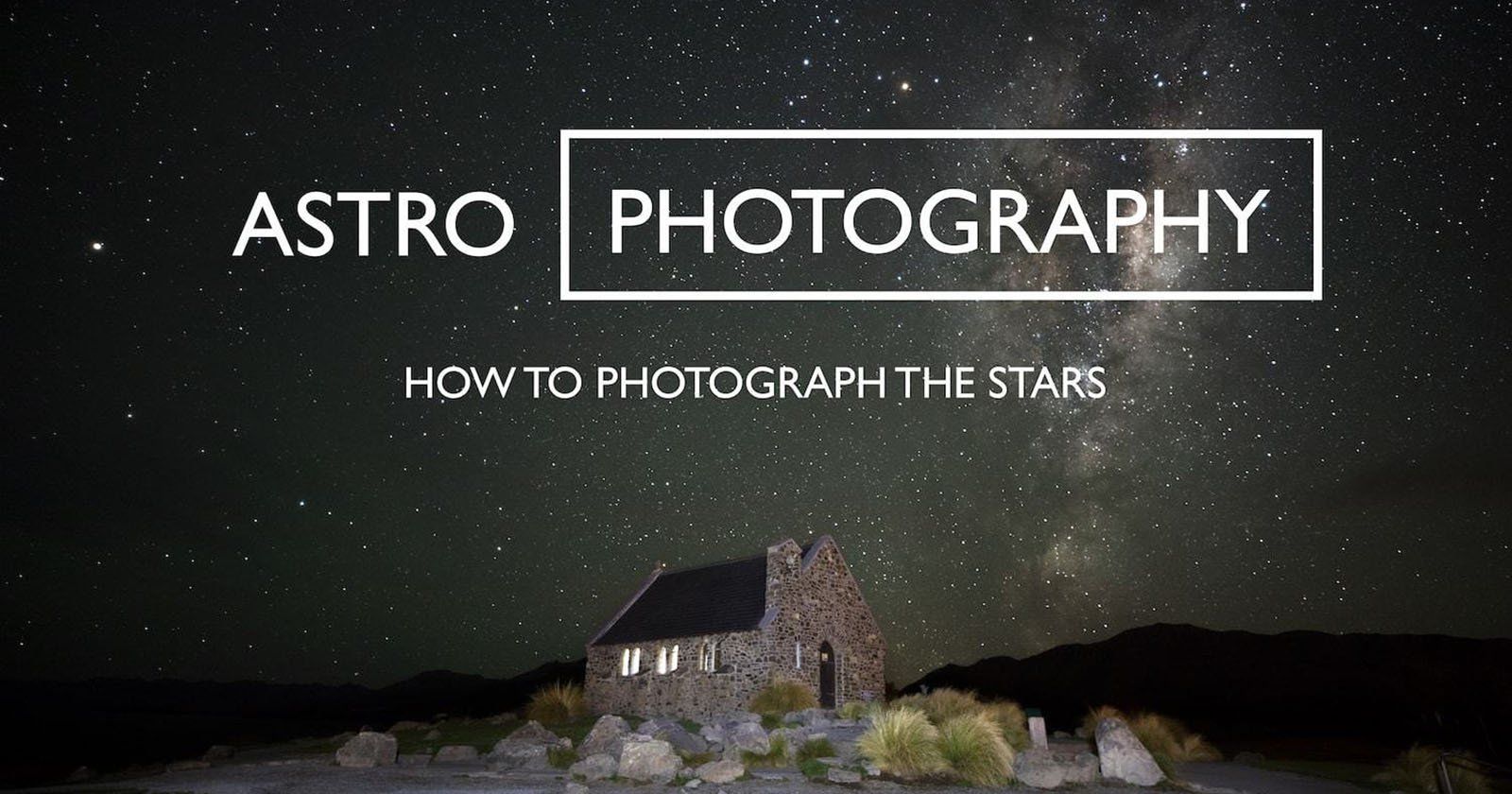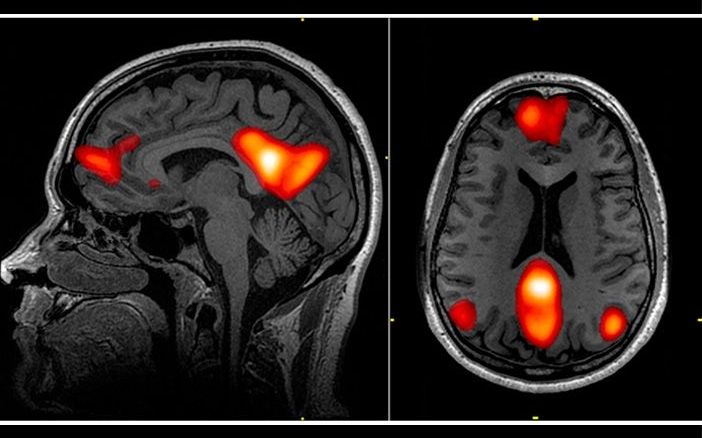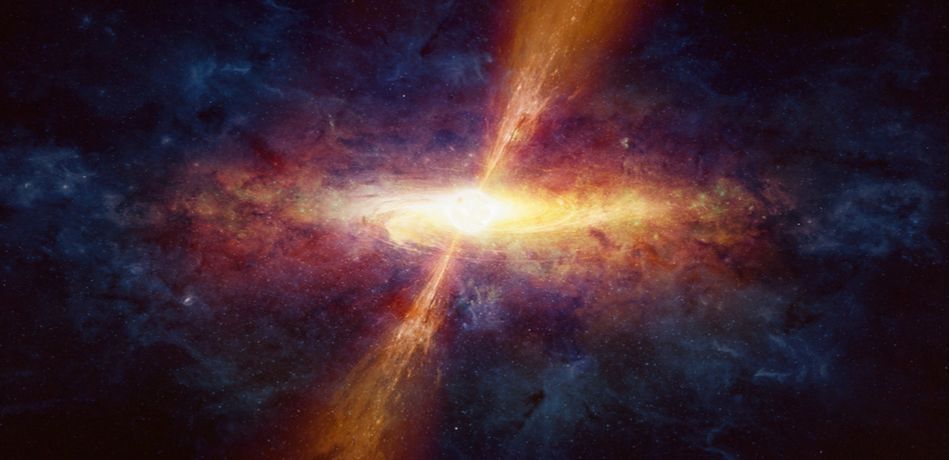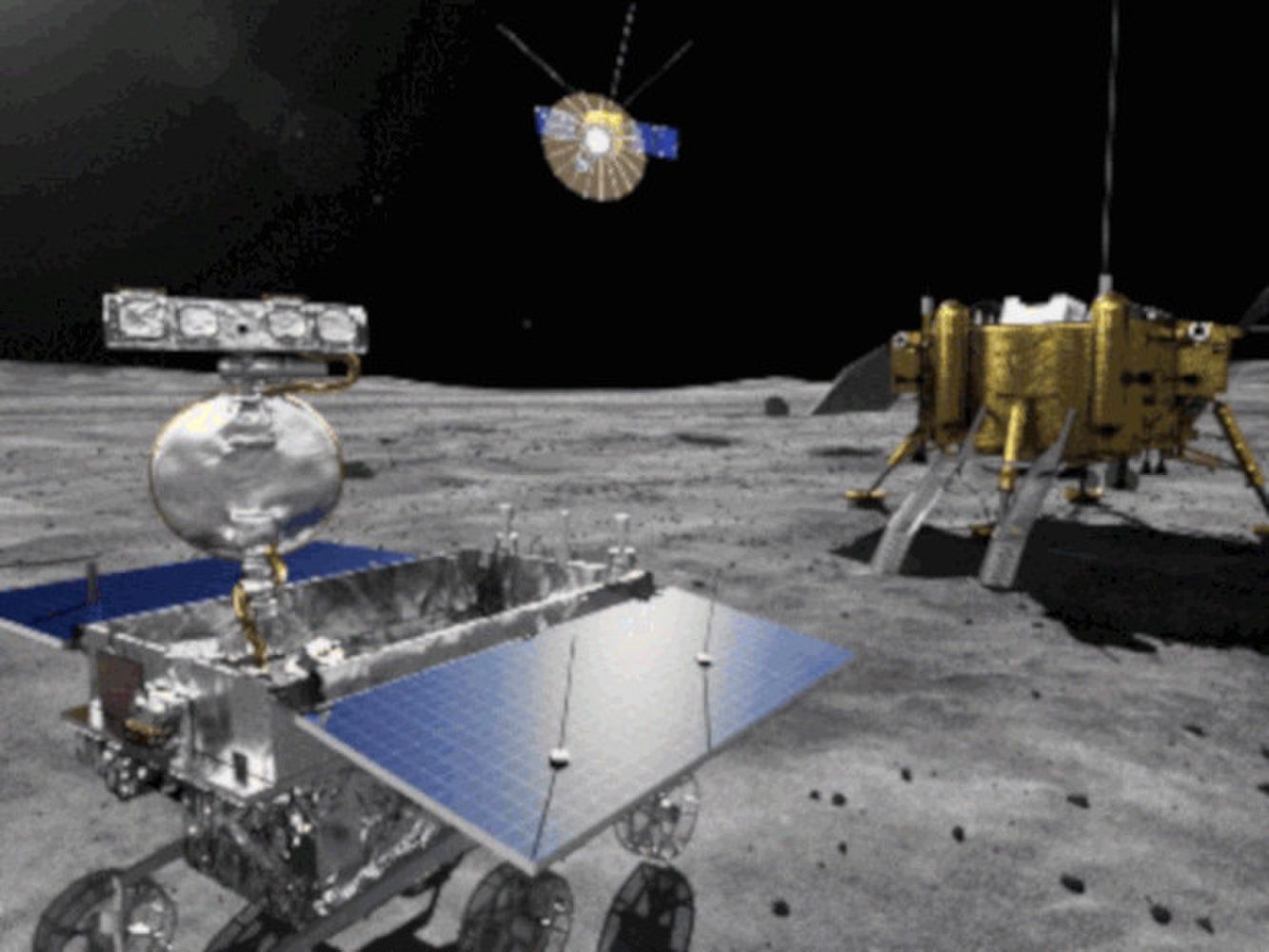Page 9627
Dec 9, 2018
Scientists May Have Halted Blindness Caused by This Rare Genetic Disease
Posted by Genevieve Klien in categories: biotech/medical, genetics, neuroscience
D esigner therapies are treatments tailored to a specific disease, and nowhere is the need greater for new therapies than in a group of nervous system disorders, known as “neurodegenerative diseases.”
Many of these diseases are common and well-known, such as Alzheimer’s or Parkinson’s disease. However, some are very rare, genetic disorders that are the consequence of a defective gene. In all these diseases, a mutant protein that misfolds causes the degeneration and death of neurons. One effective therapeutic strategy is to prevent the rogue protein from ever being made.
Spinocerebellar ataxia type 7 (SCA7) is one such disease in which nerves in different parts of the brain, including the eye, degenerate, which leads to blindness and difficulty walking, speaking, and balancing. SCA7 is dominantly inherited — which means that you just need one bad copy of the mutation to cause disease. The disease occurs when a short section of DNA that encodes ataxin-7 gene is erroneously repeated — like a word in a book printed two or three times. In this case, three chemical units of the DNA sequence — C-A-G — are repeated over and over.
Continue reading “Scientists May Have Halted Blindness Caused by This Rare Genetic Disease” »
Dec 9, 2018
Astrophotography: How to Photograph the Stars
Posted by Genevieve Klien in category: futurism
Before we get started, it’s essential to understand that astrophotography takes time and practice in order to achieve good results, so don’t get frustrated if you don’t nail it on the first go.
When it comes to photographing the night sky there isn’t an exact setting which is going to achieve the same results across the board. This is due to the amount atmospheric light which is available in your area. So in order to help get you started, I’ve decided to write a guide on “how to photograph the stars.”
The aim is to shed some light on the type of equipment you will need and give you a general starting point for where your settings ‘should’ be so that you can head out into the night and have some fun with it.
Continue reading “Astrophotography: How to Photograph the Stars” »
Dec 9, 2018
The Digital Silk Road – China’s $200 billion project
Posted by Genevieve Klien in category: futurism
China’s expansion of its digital communications infrastructure will have global implications in the years to come.
Dec 9, 2018
Childhood adversity linked to reduced inhibitory control and alterations in key brain networks
Posted by Genevieve Klien in categories: biotech/medical, health, neuroscience
New research suggests that exposure to childhood adversity is associated with reduced cognitive control and alterations in key brain networks. The findings, which appear in the journal Social Cognitive and Affective Neuroscience, could help explain the link between childhood adversity and depression.
“My work focuses on how we can use objective biomarkers to aid in clinical decision making,” said study author Scott A. Langenecker of the University of Utah.
“One challenging clinical decision point is what to do when individuals have recovered from a depressive episode. Do we continue treatment? Do we exercise regular check-ins? Or do we just wait and see?”
Dec 9, 2018
A bright discovery: U of A intern discovers better way to extract diamonds
Posted by Genevieve Klien in category: futurism
One Grade 11 student’s summer research at the University of Alberta has the possibility to change how industry leaders extract diamonds from rocks.
As part of a six-week internship called the Wisest Summer Research Program, students get the chance to spend their summer doing research at the university.
Hamdi Ali spent this summer at the university’s Earth and Atmospheric Sciences department as part of the internship program. She had the chance to work with various researchers in the geology department for six weeks.
Continue reading “A bright discovery: U of A intern discovers better way to extract diamonds” »
Dec 9, 2018
Wind From A Distant Black Hole Spotted 228,000 Light-Years Away From Its Galaxy
Posted by Genevieve Klien in category: cosmology
This is the farthest away that black hole wind has ever been known to extend.
Astronomers studying the universe’s first light — the light from the first stars, which ignited nearly 14 billion years ago, according to the European Southern Observatory (ESO) — have made an unexpected discovery.
While scouring the distant cosmos with the Atacama Large Millimeter/submillimeter Array (ALMA) in northern Chile, the scientists came across a streak of thermal wind spewed from a far-flung black hole, which had traveled a staggering distance from the galaxy where it originated.
Continue reading “Wind From A Distant Black Hole Spotted 228,000 Light-Years Away From Its Galaxy” »
Dec 9, 2018
Chang’e 4 in Pictures: China’s Mission to the Moon’s Far Side
Posted by Alberto Lao in category: satellites
China launched its Chang’e 4 mission to the far side of the moon on Dec. 8, 2018 Beijing Time (Dec. 7 EST/GMT). China is the first country ever to send a rover to soft-land on the lunar farside. See the mission photos here! This Image: The Long March 3B rocket carrying Chang’e 4 lifts off from China’s Xichang Satellite Launch Center.
Credit: Jiang Hongjing/Xinhua/Zuma
China’s Chang’e 4 lunar probe lifts off the pad at Xichang Satellite Launch Center on Dec. 7, 2018 (Dec. 8 local Chinese time).
Continue reading “Chang’e 4 in Pictures: China’s Mission to the Moon’s Far Side” »
Dec 9, 2018
SpaceX CEO Elon Musk teases new Starship photos and “heavy metal” BFR
Posted by Genevieve Klien in categories: Elon Musk, space travel
Drawn in by Teslarati photographer Pauline Acalin’s most recent photos of Port of LA Falcon 9 recovery operations SpaceX is in the midst of, CEO Elon Musk took to Twitter on December 8th to discuss titanium grid fins and – more importantly – answer a miscellaneous handful of questions about the status of BFR’s development.
Marked lately by rapid-fire, wide-reaching changes to BFR’s general structural composite, Musk at long last confirmed what some suspected – now known as Starship/Super Heavy, the BFR program has officially moved away from carbon fiber composites as the primary material of choice for the rocket’s structure and propellant tanks, instead pivoting to what Musk described as a “fairly heavy metal”.
But cool pics of the demo Starship that will fly suborbital hops coming in ~4 weeks.
Continue reading “SpaceX CEO Elon Musk teases new Starship photos and ‘heavy metal’ BFR” »

















